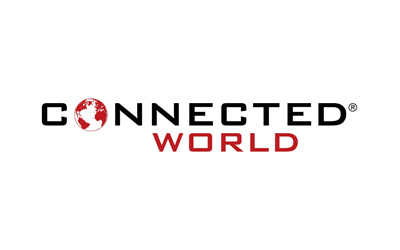Are we prepared for the uptick of work that is inevitably coming as a result of the five-year $1.2 trillion Infrastructure Investment and Jobs Act, which aims to rebuild America’s infrastructure? I am not so sure. Let us look at one specific example: equipment.
Keeping track of rented and owned equipment often still involves spreadsheets and a chain of text messages too long to manage effectively. The result is not having a true status of owned and rented assets. This leads to financial loss from overdue or duplicate rentals; missed project deadlines from incorrect equipment allocation; unnecessary wear and tear on owned machinery due to overlooked maintenance schedules; and so much more. Now imagine trying to fast-track infrastructure projects with this chaos ensuing.
Jason Perez, CEO, YARDZ, knows this as well as anyone. A veteran of the construction industry, he and his partner Josh Schuyler saw a massive vacuum, in which people were using manual inventory management processes that technology could solve. Jason admits he has firsthand knowledge recalling his days of crawling in the attics of houses and knows the importance of tracking every asset all the time. In response, he and Schuyler created YARDZ, a platform for tracking rental and owned equipment.
The timing is right too. According to research firm, Mordor Intelligence, the construction equipment rental market was valued at $103 billion in 2020, and it is expected to reach $137 billion by 2026. It is also anticipated to grow 4.78% from 2021 until 2026.
At the end of January, YARDZ partnered with EquipmentWatch, which will help to enhance the overall structure and functionality of the YARDZ tool. By importing huge volumes of heavy-equipment data through the EquipmentWatch API (application programming interface), YARDZ can now enable its users to view detailed information about and gain specifications for thousands of pieces of heavy equipment. In doing so, users can determine which items will be the proper size, weight, or horsepower to handle each project. It’s not surprising then Perez explains, that not knowing is going to make it simply more costly for users’ pocketbooks. When using the right tracking tools, construction companies can leverage best assets and prevent unnecessary costs from skyrocketing as a result.
More specifically, YARDZ customers will be able to find the best equipment for each job in less time; pair different pieces of equipment together for optimal performance; automatically categorize and quickly analyze their equipment needs; compare related equipment data quickly and accurately; and calculate equipment operating costs.
Potential future functionality includes data that can help contractors decide between owning vs. renting equipment; determine fair market value of each piece of equipment, as well as forecasting future value; calculating lifetime operating costs; and even providing information about how to dispose of old equipment. They may even be able to search for equipment based on highly detailed specifications, such as searching for a front loader based on bucket width.
As infrastructure work picks up, we need to do it in a way that is efficient and effective. I am not sure how we are going to do that without technology. With the worker shortage raging on, the only way we are going to make big change happen fast enough is if we turn to technology””quickly.
Source: https://connectedworld.com/infrastructure-uptick-are-we-ready/
